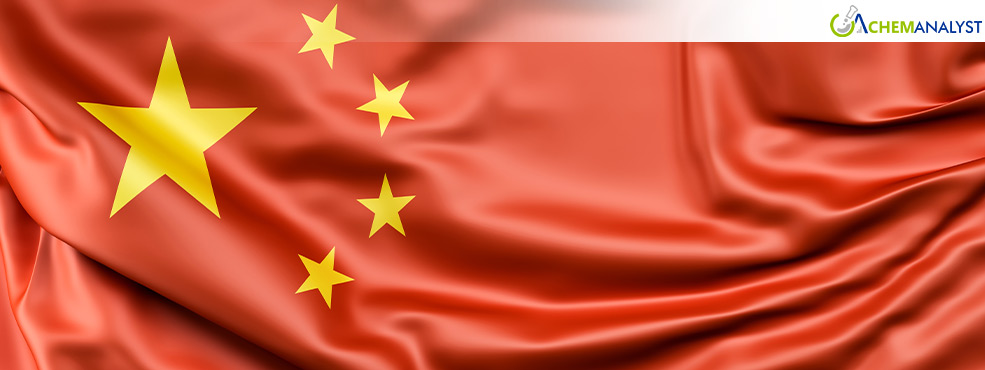China Achieves 40-Fold Increase in Seawater Uranium Extraction Efficiency
- 04-Apr-2025 12:30 AM
- Journalist: Kim Chul Son
China has made a significant leap in its pursuit of energy independence by developing a groundbreaking technology that enhances the efficiency of uranium extraction from seawater. This advancement, detailed in a recent publication in Nature Communications, promises to unlock the vast uranium reserves held within the world's oceans, potentially revolutionizing the nation's nuclear power sector.
Researchers at Lanzhou University’s Frontiers Science Centre for Rare Isotopes, led by Professor Pan Duoqiang, have achieved a remarkable breakthrough by developing a technology that increases uranium-vanadium separation efficiency by 40-fold. This innovation leverages metal-organic frameworks (MOFs), a class of materials known for their tunable structures and high surface areas, to selectively capture uranium ions.
The team addressed the limitations of existing MOFs by integrating hydrocarbon diphenylethylene (DAE) molecules into the material. This modification allows the MOFs to adjust their pore size when exposed to ultraviolet light, enhancing their selectivity for uranium. Tests conducted in both simulated and real seawater demonstrated the effectiveness of the DAE-MOF material, achieving a uranium adsorption capacity of 588 mg per gram and a uranium-vanadium separation factor of 215, significantly surpassing previous materials.
This advancement positions China to surpass Japan’s historical lead in seawater uranium extraction. Japan, which pioneered research in this field from the 1980s to the 1990s, achieved a record extraction of 1 kg of yellowcake. Now, China, through the state-owned China National Nuclear Corporation's Seawater Uranium Extraction Technology Innovation Alliance, has set ambitious goals. The alliance aims to replicate Japan's kilogram-level achievement by 2025, construct a tonne-scale demonstration plant by 2035, and achieve continuous industrial production by 2050.
Faced with a burgeoning demand for uranium to fuel its expanding nuclear energy infrastructure, China has sought innovative solutions to supplement its limited domestic uranium production. The International Atomic Energy Agency forecasts China's uranium needs to exceed 40,000 tonnes by 2040, a figure far surpassing the country's current output of approximately 1,700 tonnes. This disparity has driven Chinese scientists to explore the immense potential of seawater, estimated to contain 4.5 billion tonnes of uranium, a thousand times more than land-based reserves.
However, extracting uranium from seawater presents significant challenges. The extremely low concentration of uranium, at just 3.3 milligrams per tonne, coupled with the presence of vanadium, a chemically similar metal that requires complex separation processes, has historically hindered efficient extraction.
The successful implementation of this technology could provide China with a sustainable and independent uranium supply, reducing its reliance on foreign imports and securing its long-term energy security. The development represents a significant step towards harnessing the vast potential of seawater as a viable source of nuclear fuel, potentially transforming the global energy landscape.


